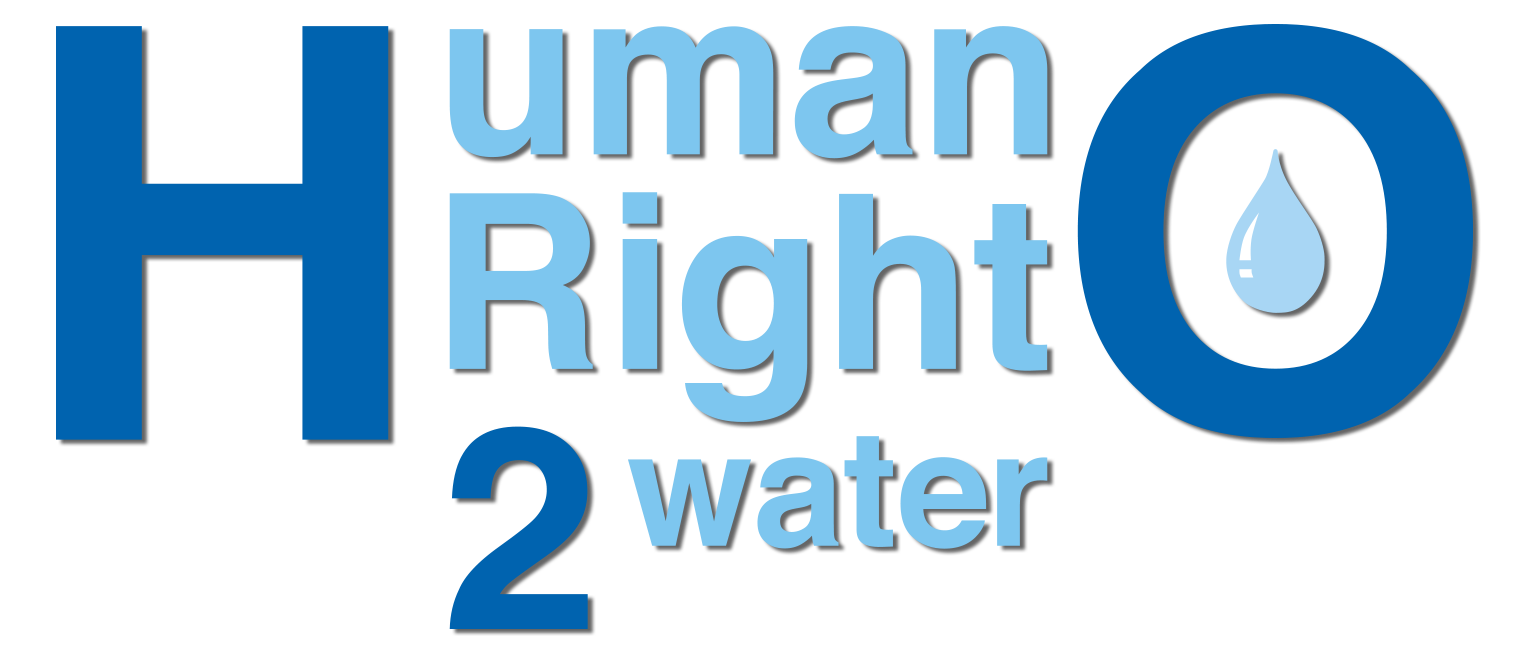HR2W has partnered with the water authority in Mexico (CONAGUA), the National Human Rights Institution (Comisión Nacional de los Derechos Humanos; CNDH) and local partners in Mexico to further the human rights to water and sanitation. It is thanks to the support of the Inter-American Development Bank, the Swiss Development Cooperation and White and Case that we are able to continue to provide these services.
Water Programme for Mexico

Country Assessment for Mexico

Legal Country Mapping for Mexico, 2017

Mexico Water Programme
Mexico’s government gives priority to human rights in the new National Development Plan. The National Water Program (PNH) 2019-2024 is the guiding document of the water policy in Mexico, and is a special program derived from the National Development Plan (PND). It reflects the objectives, strategies and lines of action for future public policies.
CONAGUA invited us to advise on the new water policies in Mexico, based on the national legislation, el Programa Nacional Hídrico (PNH) and el Plan Nacional de Desarrollo (PND). The next stage was to develop indicators that will be used to monitor the realisation of SDG 6 and the human rights to water and sanitation.
Phase 1 (the review of the national laws and plans) has been completed, with the next phases refining human rights-based indicators to help in monitoring their implementation and dissemination in the regions.
Such indicators are critical for supporting governments to measure progress against the SDGs and for integrating changes in policy across the different states such that human rights can be realised. The global target indicators that are included in SDG 6 provide a target goal, and these national level targeted indicators are extremely helpful for tangibly realising the improved access to water and sanitation for marginalised people.
We acknowledge with thanks, the support from COSUDE and IDB for supporting this project.


Country Assessment
The recognition of the right to a safe, clean, healthy and sustainable environment emerges in response to the increasing environmental degradation that endangers the ability of future generations to enjoy this human right. In October 2021, through the adoption of Resolution 48/13, the Human Rights Council first recognized the right to a clean and healthy environment. This resolution is a call for states to cooperate together and build capacity to protect the environment. Then, in July 2022, the human right to a clean and healthy environment was officially recognized as a human right by the General Assembly. Furthermore, this resolution has also focused on raising awareness that human rights cannot be addressed individually. Instead, states and actors need to focus on integrating and ensuring the realization of all human rights alongside the right to a healthy environment.
As a result, HR2W has refined our country legal mapping to also include the water related elements of human right to a safe, clean, healthy and sustainable environment. This methodology is framed around our usual assessment on the human rights to water and sanitation.
We acknowledge with thanks, the support from White and Case for applying this assessment to Mexico, the report of which can be found with the other country mappings on this page here.
Legal Country Mapping
Legal and policy mappings access the extent to which the human rights to water and sanitation are included in national legislation and provide an invaluable tool for identifying areas of concern.
This review of national and international water governance frameworks is made in with the international human rights legal framework in mind. Through this analysis we can identify laws which support realisation of access to safe water and adequate sanitation.
Beyond finding the laws which are present, one key component of the mapping involves identifying the gaps within the framework where the laws do not include the various normative criteria for the rights to water and sanitation. The identification of these gaps most significantly provides an opportunity to begin dialogue and action in the way of law and policy reform extending to supporting practical implementation to further the fulfilment of the human rights to water and sanitation.
The Legal Country Mapping was first completed in 2017. For access to the original Legal Country Mapping studies view here.

